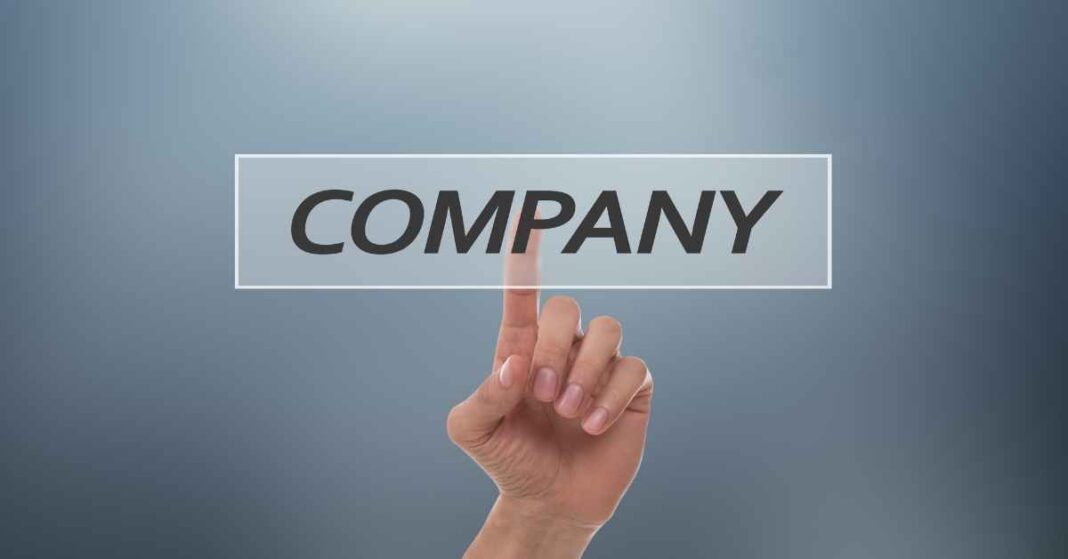Companies, throughout their development, go through different stages similar to the stages in a person’s life. Hence these phases are called the business life cycle. Not all companies go through the same stages or at the same time, but a reasonably common development pattern is summarized in the stages of the business life cycle.
Going through all the stages or not will depend on multiple factors, such as the market in which the company operates, its degree of specialization or the macroeconomic environment.
Still, when launching a project to the market, it is essential to take into account in the business plan how the different stages of the company’s life cycle should address the different stages of the company’s life cycle.
Launch
The first stage is the launch, and it is the time to set up the company and start business development to grow as soon as possible and reach zero profit or break even. Before launching, as we said, it is essential to draw up the business plan because it reflects the business model and how it will be developed, as well as the investment needs and growth forecasts. The launch is nothing more than launching the business plan and is characterized by:
Investment stage: It is a moment in which investment prevails; that is, the company invests in assets necessary to produce, in a human resources organization, in stocks and marketing, among many others. Financing these initial needs well is essential for the company’s survival because a vital part of them does not make it past this first stage.
Slow growth: The company is new to its market, and its penetration is usually slow and gradual. You need to increase your small customer base, so investment in marketing and sales is critical and where most of the company’s resources should be focused.
Losses: The company consumes resources by investing and growing its customer base, usually at low prices, because it has no bargaining power with its customers, so it takes its first steps in accounting losses.
It is the most normal, but calculating precisely how long it will take the company to reach its neutral point or zero profit will determine its chances to survive.
Continuous improvement: In this first phase, the company can test everything planned in its business plan: product, marketing, finance, human resources and business model, among many others. At launch, the company must be flexible and apply trial and error in all its areas to continuously improve and reach a dead end as soon as possible.
Increase
Once the company has successfully passed the first phase, the time has come to grow. Although the usual thing in this phase is that the company is in profit, depending on its long-term goals, it could still be assuming losses with the objective, for example, of being larger and taking better advantage of economies of scale later.
This happens especially in large companies with significant shareholder support to overcome long periods without benefits. Planning this phase is fundamental from the economic and financial point of view, and it is here that the company manages to advance further in its development.
You have more and more customers, and your investment needs in marketing and sales decrease because the brand begins to be recognized in the market. The power of negotiation with customers and suppliers is greater.
By having an ever-increasing volume of business, the company improves the power of negotiation with customers and suppliers while gaining efficiency in all its areas. It improves its margins: as a consequence of the previous points, the company progressively improves its margins because it begins to take advantage of economies of scale. This allows it to improve its profits and, therefore, its investment capacity, which usually results in more significant growth and profitability. This is the ideal path.
Maturity
Maturity is the phase of stability of the company. In this phase, the company stops growing, or at least that ceases to be its primary objective, we can say that it reaches its maximum competitiveness in the market, and its objective is to maintain itself. The company usually has benefits and a recognized position in the market compared to its competitors.
It is a phase of stability in which there are no significant changes in the company beyond those necessary to adapt to the environment and maintain a competitive position. The financing needs in this phase are considerably reduced because the company only maintains its assets, does not make significant investments and has liquidity positions generated thanks to its profits.
Renewal or Decline
After a more or less long stage of maturity, the usual thing is that a change in the market or in the company itself damages the competitive position and begins a phase of decline that translates into a loss of turnover and profit margins and, consequently, in an increase in indebtedness, to face the losses. This stage does not have to end with the company’s closure since it can be reorganized and start a renewal process to overcome the changes in its environment and recover its competitive position, entering a new stage of growth or maturity. Depending on the size of the drop in the previous decline stage, the company may not have room to grow again. Hence it can either enter a growth or a maturity stage.














